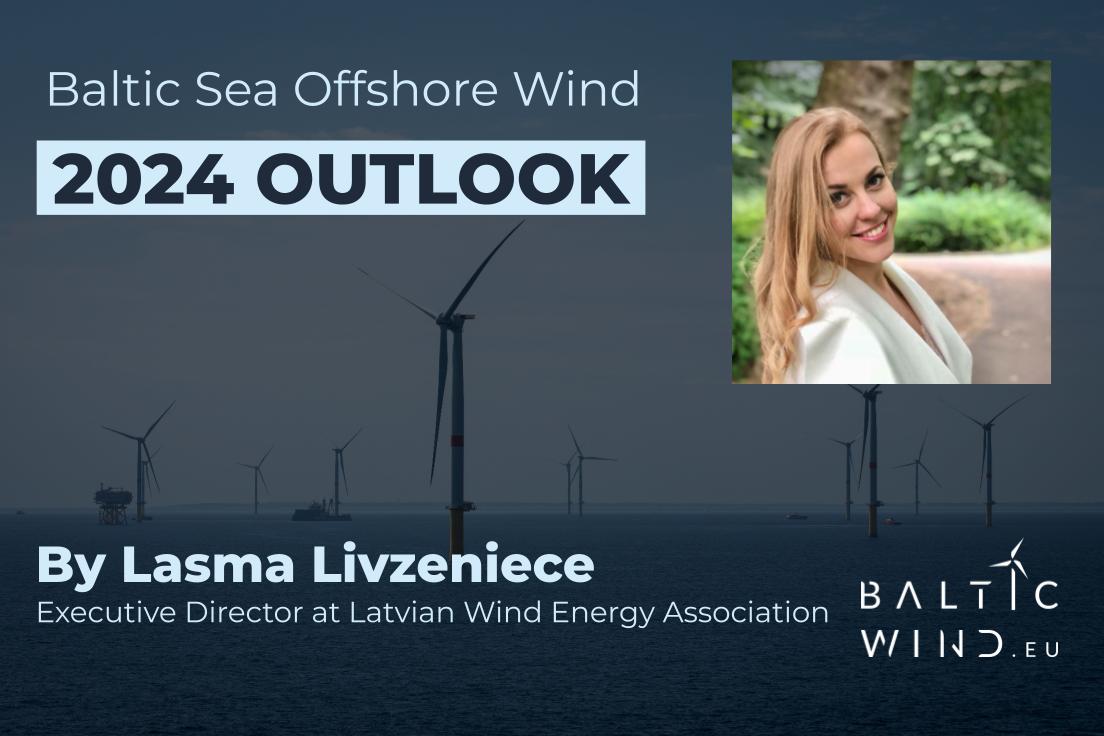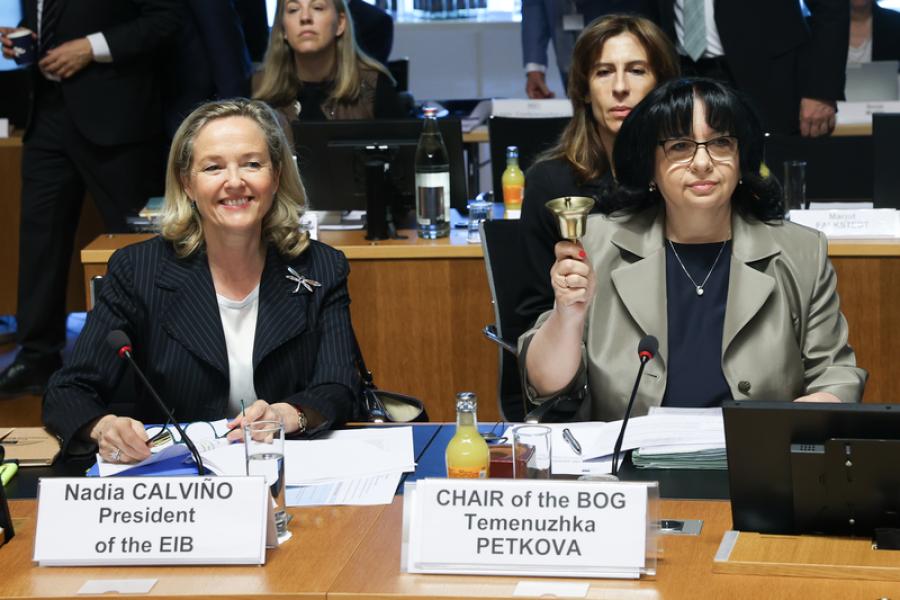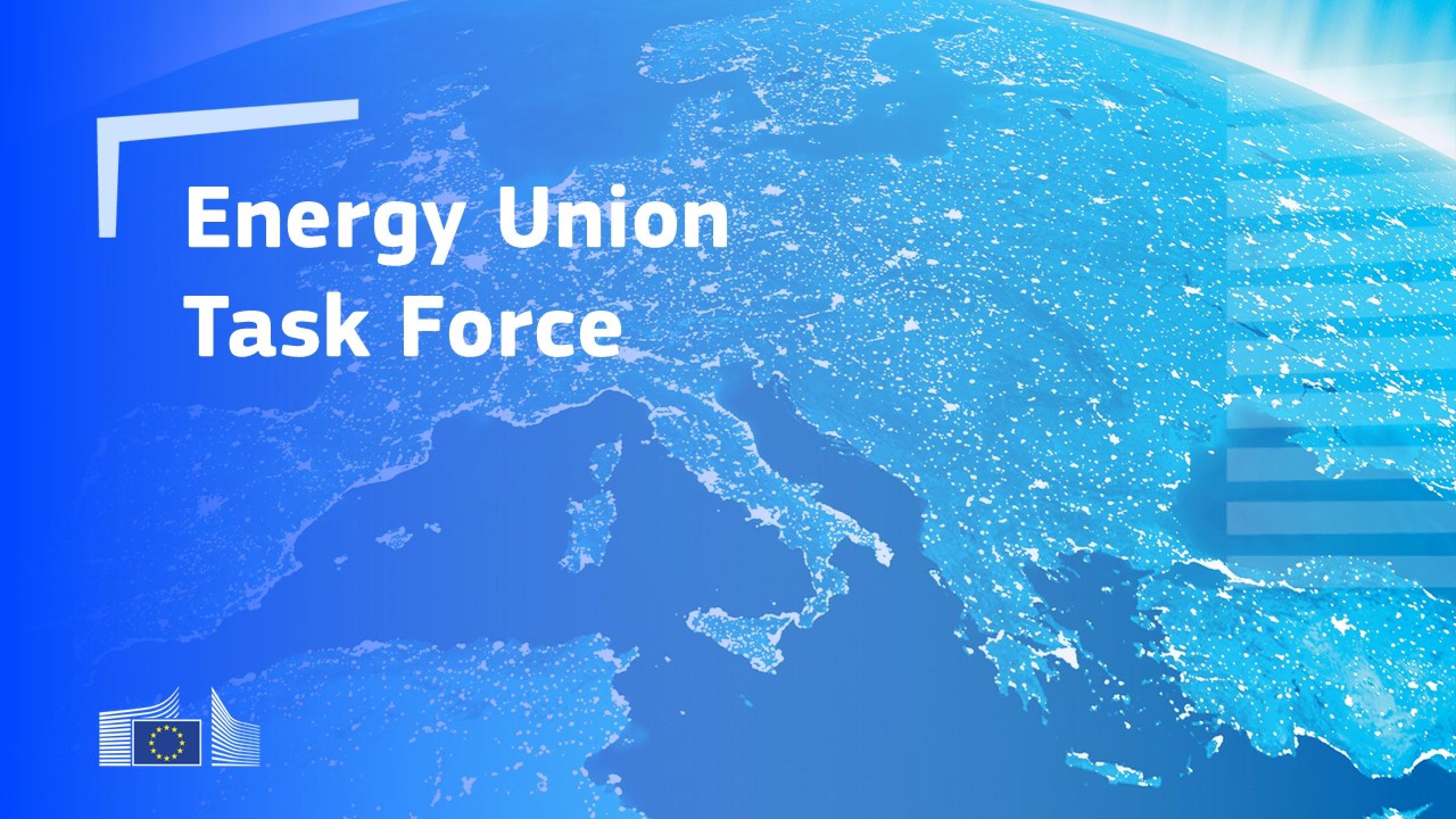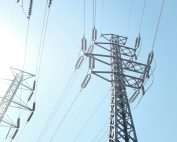BalticWind.EU asked industry leaders and key policy-makers for their assessment of what has been achieved in the past year and what the forecasts are for 2024. In today’s interview of the „Baltic Sea Offshore Wind – 2024 Outlook” series, we present the opinion of Lasma Livzeniece, Executive Director at Latvian Wind Energy Association.
What is the most significant development for the offshore wind in 2023?
From my perspective the most significant developments for the offshore wind in 2023 in Latvia were all related to the joint Latvian and Estonian project “Elwind”, led by the Investment and Development Agency of Latvia (IDAL). Based on the decision of the State Environmental Bureau in Latvia the work on EIA was started at the end of 2023. According to IDAL, more than 20 different studies will be conducted within the next two years to prepare the project for a tender in 2026. A large part of studies will be launched in early this year. During the first phase of the studies experts will analyse and assess the wind farm’s impact on the migration routes of birds and bats as well as the impact on fish spawning grounds and seals. All studies will be carried out in close cooperation with the Elwind’s counterpart – Estonia.
What are the most important challenges for offshore wind development in 2024?
One of the biggest offshore wind challenges in 2024 in Latvia will be the auction design for the offshore licence areas (areas that exclude the Elwind project). The Ministry of Climate and Energy affirms that the tender regulation is, indeed, on their to do list, however, the industry sees many uncertainties around the process. What has been missing since the offshore talk stated is a clear idea of what Latvia wants and needs as a state – a strategy. The Ministry is producing several documents (National Energy and Climate plan 2030 and Energy Strategy 2030 and another one for 2050) that shall help the whole energy sector, including wind industry, move forward, however there a lot of questions unanswered. Investors ask about an approximate timeline for offshore wind farm tenders in Latvia to which no answer has been given. And now that Latvia has committed to continue the Life REEF biotope study, how would the results impact the offshore sites, as the research and offshore areas overlap? What about the grid – will the grid be available? As stated before, there are a lot uncertainties that are slowing down the offshore take-off in Latvia.
What matters related to offshore wind energy will you particularly focus on in 2024?
In 2024 we will focus in particular on communicating to the authorities on the benefits of offshore wind and hopefully a joint work to develop the auction design. It’s also important to follow the developments in the two closest neighbouring countries – Estonia and Lithuania – to see how the tender winners are progressing with their projects and also to learn from their mistakes. This will also be one the topics we will delve into during the WindWorks conference in Riga on 25 April which is organised with a joint effort of the three wind energy associations in Baltics and the Investment and Development Agency in Latvia.














